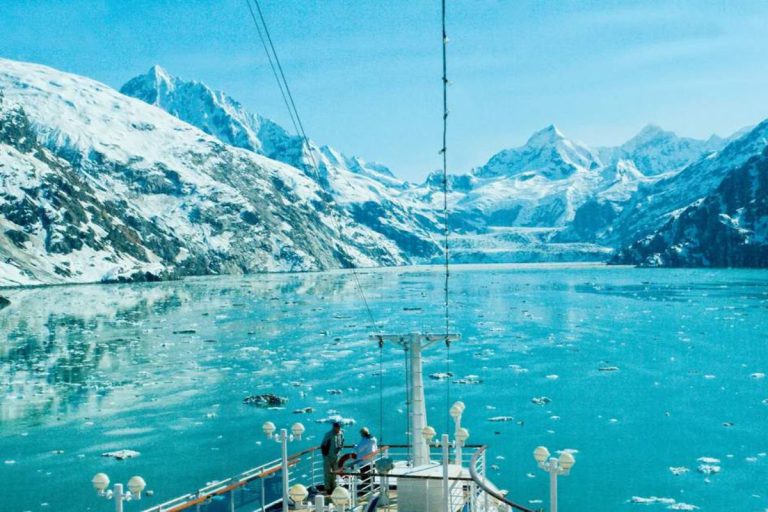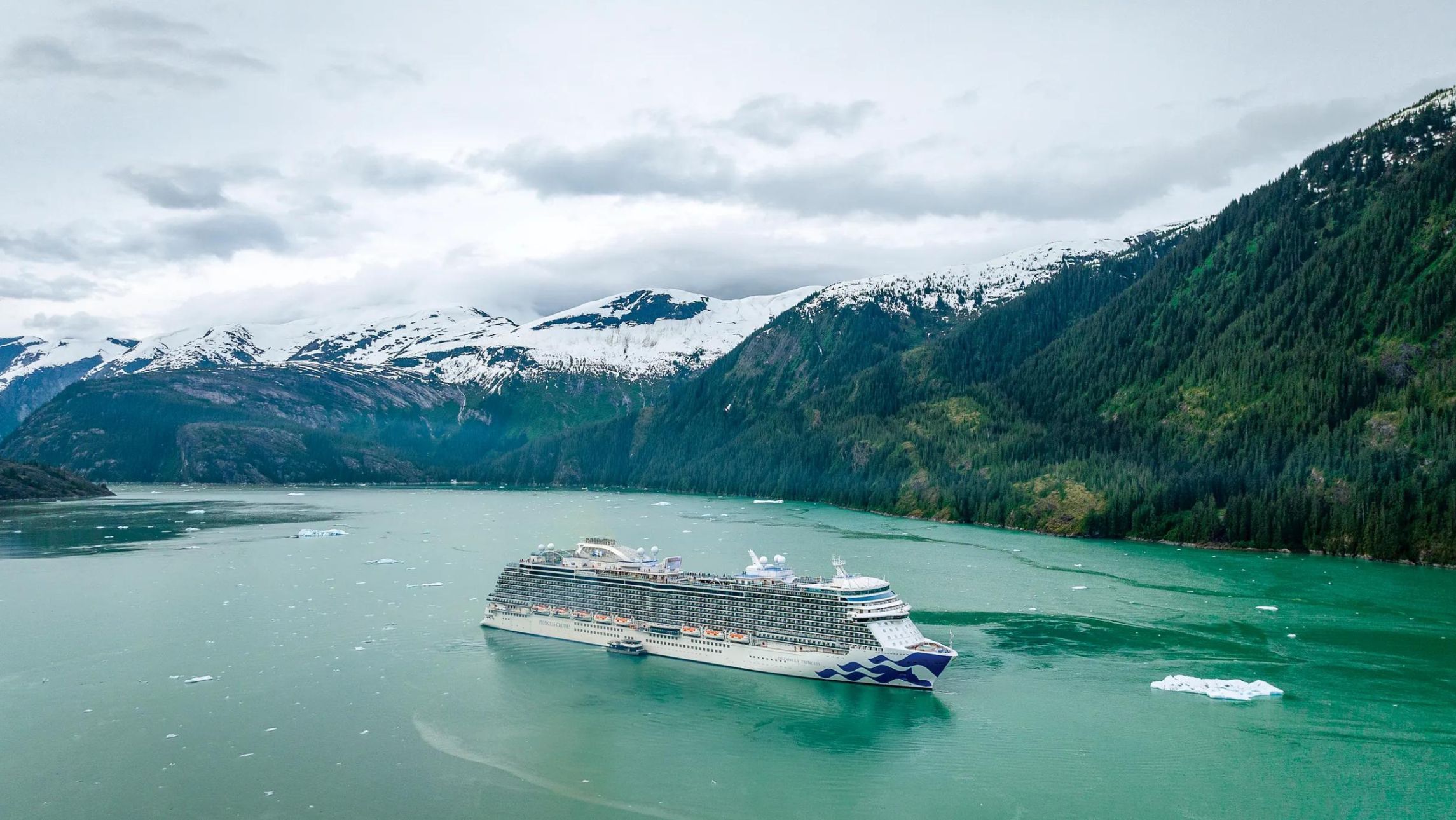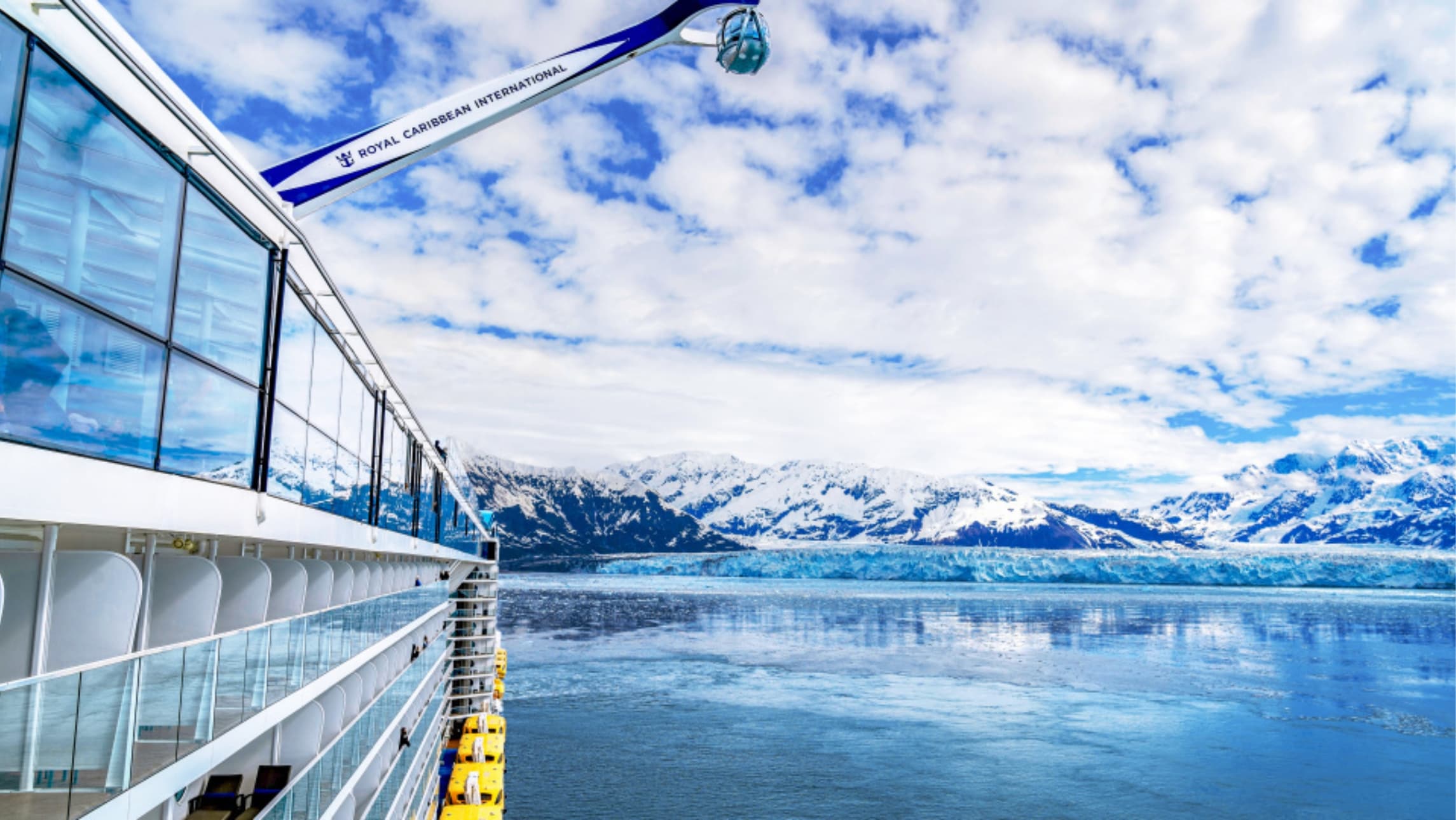A recent visit gave us the chance to see how the growth of tourism has affected this jewel of the North Pacific. Words: Joanna Hall
It’s after 9pm and outside the picture window, clouds hover over the mountain in the distance, lighting the sky with a silver hue. Farther afield, a small glacier reflects the light like a beacon. Below the ship’s gleaming white hull the water is calm and, in the dim light, it’s possible to catch a glimpse of a snow-capped peak.
We’re cruising on Sea Princess and although we’re in the middle of a wonderful steak dinner, it’s difficult to focus on food when this kind of scenery is slipping past the windows. What stretches before our eyes is the vast wilderness of Alaska, an area twice the size of Texas, encompassing more than 76,000 kilometres of rugged shoreline and 21 million hectares of national parklands, reserves and monuments.
Hundreds of cruise ships ply the waters of Alaska’s famed Inside Passage during the short northern-hemisphere summer. Shaped by the incredible force of massive glaciers millions of years ago, Alaska’s Inside Passage provides travellers with an unmatched cruising experience. It’s a dramatic landscape draped in lush scenery, towering peaks, deep fjords, remote islands and abundant wildlife.
During the summer months it’s possible to spot all manner of marine life, including humpback whales, sea lions and porpoises. In the air, American bald eagles can be spotted frequently, gliding out of the clouds; on the shoreline, caribou stand grazing, seemingly metres from the deck of the ship.
It’s no wonder Alaska has been a perennial favourite with cruisers around the world – and with Australians in particular. Most of its vast wilderness can be seen only from the water or from the air.
This popularity has come at a price, though. As there are more than one million cruise-ship visitors a year, Alaska is becoming a victim of its own appeal. It’s not uncommon to see four ships, each carrying 2,000-plus guests, docked in a small town, and simple maths will tell you this means things can get pretty crowded out on the streets.
The situation prompted the citizens of Alaska to vote for the introduction of a US$50 head tax per person on all cruise bookings. As a result, some cruise lines have chosen to bypass Alaska. Others, such as Princess Cruises and Royal Caribbean International, have reduced their number of sailings in anticipation of a drop in demand following the increase in costs.
The head tax is the subject of ongoing debate as a political and social issue – and clearly, some of the towns on popular Alaskan cruise itineraries have become overrun with cruise-ship tourists – but it’s out in the wilderness that the ‘real’ Alaska can be found. This is the type of cruising region in which it’s best to take a tour – and the options can be as exhilarating as they are overwhelming.
There’s a bonus for Australians in cruising Alaska: no longer is Vancouver the sole major transport hub for the region. Increasingly, San Francisco and Seattle are popular departure points, while Los Angeles and San Diego are starting to feature on Alaska cruises, too. This means that it is possible to add a city break into the mix to make the long flight from Australia more worthwhile.







